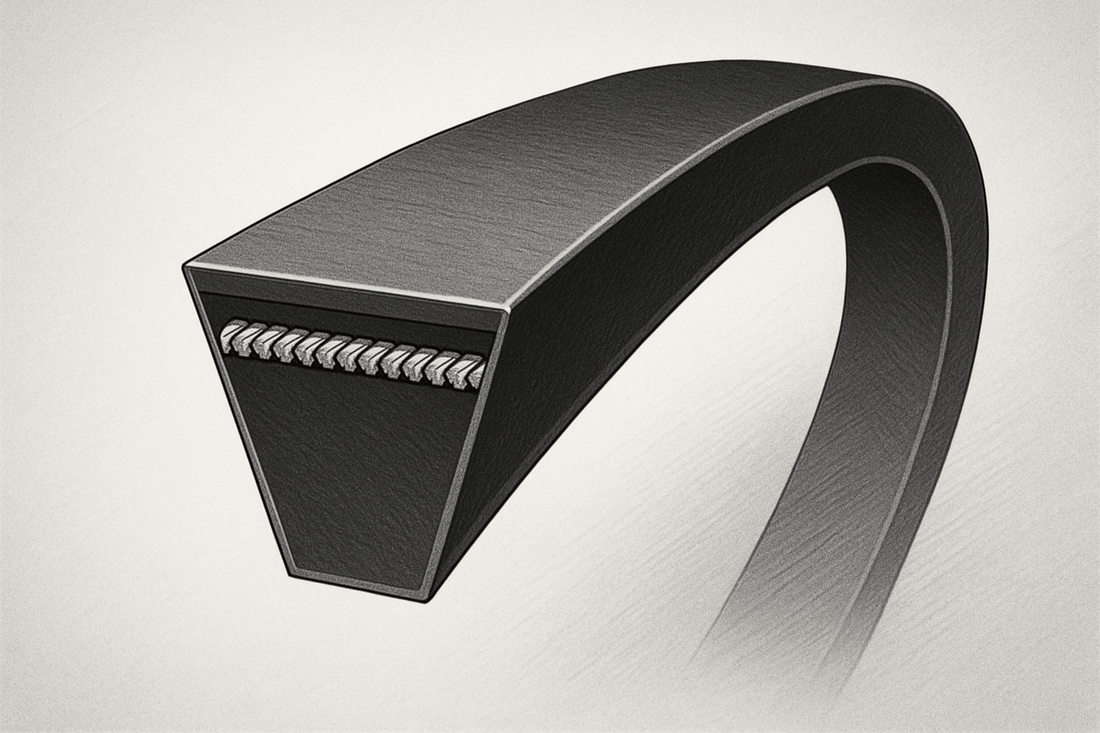
Let's talk V-belts!
Share
Ever wondered how to choose the perfect replacement for your equipment?
Here's a quick guide AND some common challenges users face. Chime in with your thoughts or tips!
1 - Why is choosing the right V-belt so important? A mismatched belt can lead to slippage, reduced efficiency, or even damage to your equipment. Here's how to avoid that.
2 - Know your part number. Cross-referencing your OEM belt part number is the fastest way to find an alternative. But what do you do if it's faded or unavailable?
3 - Measure it! Key measurements to note:
Top Width: How wide is the belt?
Outside Length: The circumference when laid flat.
Angle: Check the profile. Have you ever had to measure a belt manually? Share your experiences!
4 - Material Matters. Some belts are standard rubber, while others use reinforced materials like aramid fibers for heavy-duty applications. What's your go-to for durability? Let’s discuss!
5 - Common challenges with cross-referencing:
Part numbers don’t match.
Lack of clear manufacturer info.
Slight size mismatches causing slippage. What’s been your biggest headache when replacing a belt? Drop it below!
6 - Pro Tip: Always compare the old belt to the replacement before installation. Slight variations in size or profile can have a big impact.
7 - Got a favorite belt brand you swear by? Or a story about how cross-referencing saved the day? Share it in the comments!
8 - We’re here to help. Our V-belt cross-reference tool makes finding the right belt easy. Try it out and keep your equipment running smoothly!

